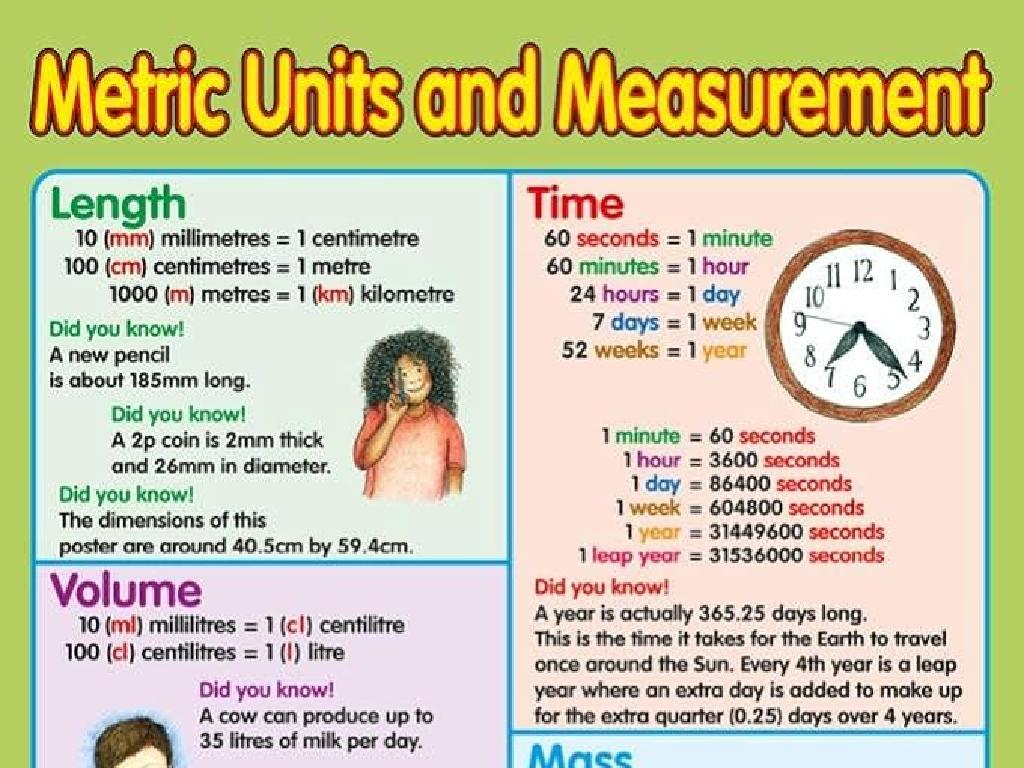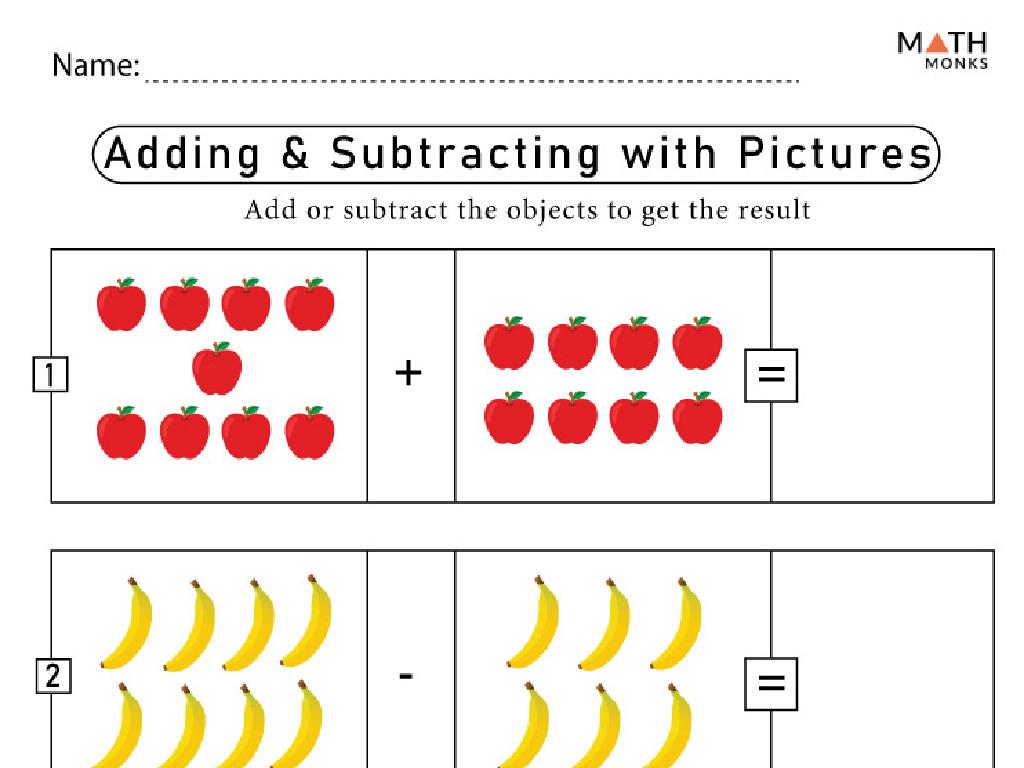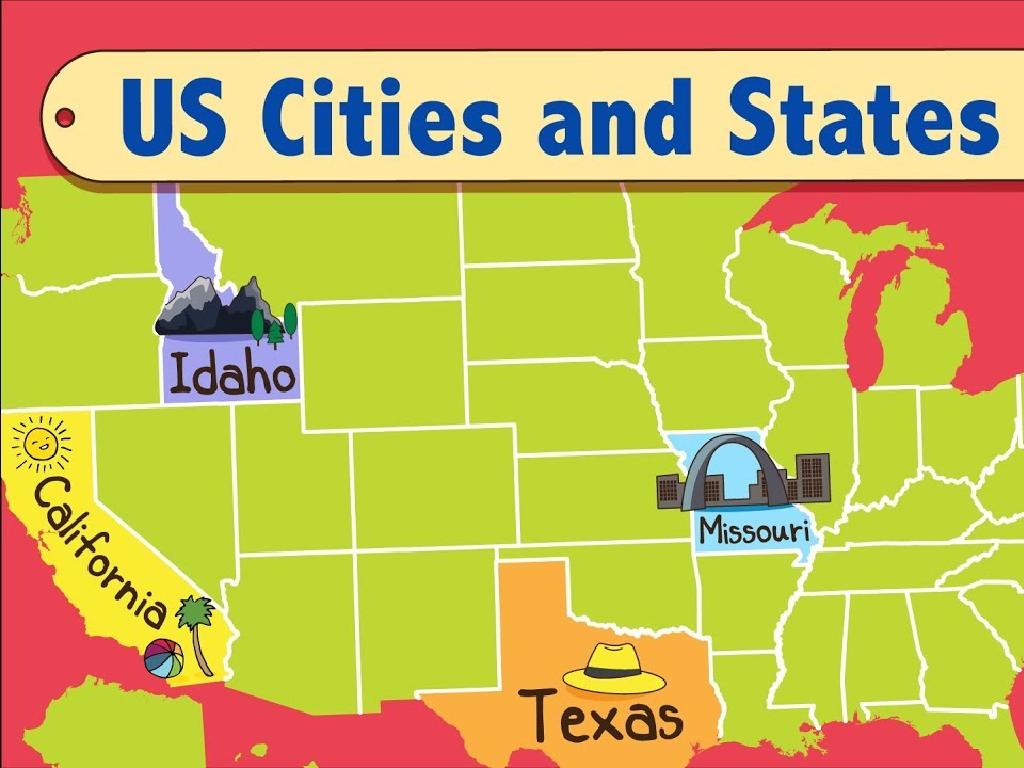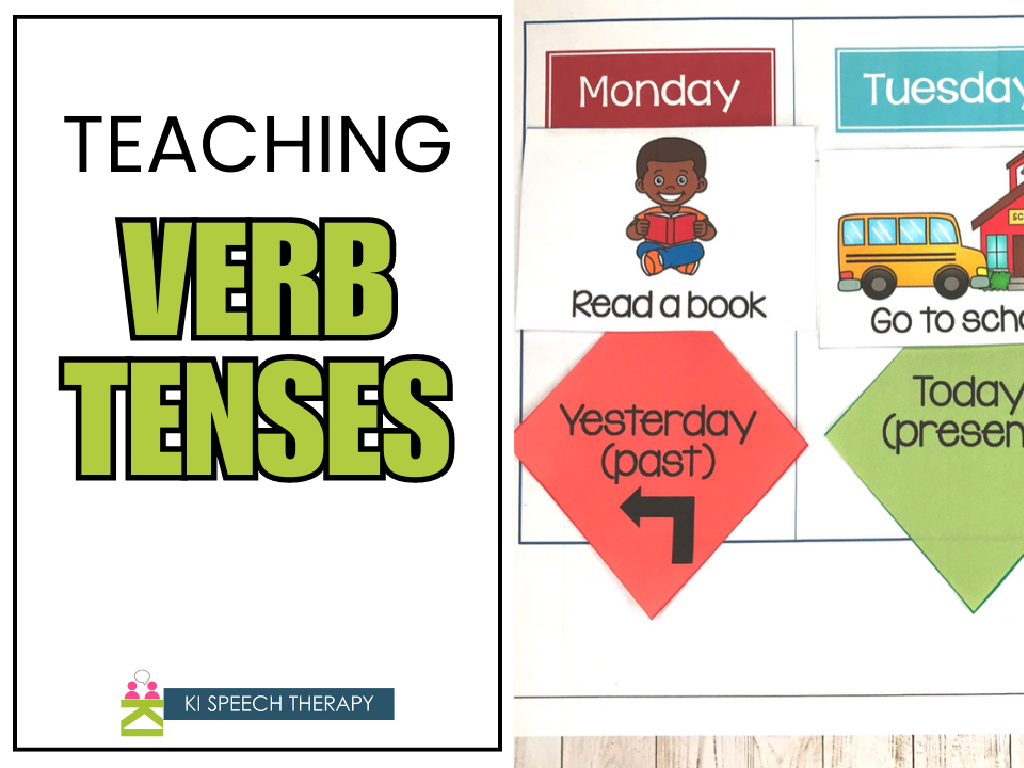Use The Correct Subject or Verb - With Compound Subjects
Subject: Language arts
Grade: Fourth grade
Topic: Verb Types
Please LOG IN to download the presentation. Access is available to registered users only.
View More Content
Compound Subjects and Verbs
– Discovering compound subjects
– When two subjects are joined by ‘and’, like ‘The cat and dog’.
– Verbs must agree with subjects
– If ‘The cat and dog play’, not ‘plays’, because there are two.
– Making sentences sound correct
– Importance of subject-verb agreement
– It helps us communicate clearly and be understood by others.
|
Today’s lesson focuses on the agreement between subjects and verbs in sentences with compound subjects. A compound subject consists of two or more subjects that share the same verb. It’s crucial for students to understand that the verb must agree with the compound subject in number. For example, when we say ‘The cat and dog play,’ we use ‘play’ instead of ‘plays’ because the subject is plural. Emphasize the importance of subject-verb agreement in making sentences clear and understandable. Encourage students to create their own sentences with compound subjects and to practice identifying whether the subjects and verbs agree.
Understanding Verbs with Compound Subjects
– Verbs tell us about the subject
– A verb is a word that shows what someone or something does
– Examples: ‘run’, ‘jump’, ‘is’, ‘are’
– ‘run’ and ‘jump’ show action, while ‘is’ and ‘are’ show a state of being
– Verbs show action or state
– Action verbs show what someone does. ‘State’ verbs show a condition
– Matching verbs with subjects
– When two subjects are joined by ‘and’, use a plural verb, like ‘run’ or ‘are’
|
This slide introduces the concept of verbs to fourth-grade students, explaining that verbs are words that describe what the subject of a sentence does or is. Provide clear examples of action verbs like ‘run’ and ‘jump’, as well as state of being verbs like ‘is’ and ‘are’. Emphasize the importance of matching the verb to the subject, especially when dealing with compound subjects. For instance, when two subjects are connected with ‘and’, the verb should be plural (e.g., ‘The cat and dog are friends’). Use interactive activities to help students practice identifying verbs and ensure they understand how to match verbs correctly with compound subjects.
Understanding Compound Subjects
– Definition of a compound subject
– Two or more subjects combined in a sentence
– Conjunctions used with compound subjects
– ‘and’, ‘or’, ‘nor’ connect subjects in compound
– Example of a compound subject in a sentence
– ‘My friend and I’ is the compound subject here
|
This slide introduces the concept of compound subjects to fourth-grade students. A compound subject occurs when two or more subjects share the same verb and are joined by conjunctions like ‘and’, ‘or’, or ‘nor’. It’s important to explain that the verb must agree with the compound subject. Use examples that are relatable to the students, such as activities they might do with their friends or family. Encourage students to create their own sentences with compound subjects and to identify the conjunctions used. This will help them understand how subjects can be combined and how they affect the verbs in sentences.
Subject-Verb Agreement with Compound Subjects
– Verbs must match subject number
– Singular subjects use singular verbs
– ‘The cat runs’ not ‘The cat run’
– Plural subjects use plural verbs
– ‘The cats run’ not ‘The cats runs’
– Compound subjects need agreement
– ‘The cat and dog run’ not ‘The cat and dog runs’
|
This slide focuses on the fundamental rule of subject-verb agreement, especially when dealing with compound subjects. It’s crucial for students to understand that the verb they choose must correspond with the number of the subject (singular or plural). For singular subjects, use singular verbs (e.g., ‘The dog barks.’). For plural subjects, use plural verbs (e.g., ‘The dogs bark.’). When two singular subjects are combined with ‘and’ (making a compound subject), a plural verb is used (e.g., ‘The cat and the dog run.’). Use examples to illustrate these rules, and provide practice sentences for students to correct as an activity.
Compound Subjects with Singular Verbs
– When two subjects make one unit
– Like ‘salt and pepper’ is, not are
– Use a singular verb form
– ‘Macaroni and cheese’ tastes good, not taste
– ‘Peanut butter and jelly’ as one idea
– It’s one sandwich, not two separate things!
– Tips to pair subjects correctly
– Think of things that usually go together
|
This slide is aimed at teaching students how to correctly use singular verbs with compound subjects that represent a single unit or idea. Use everyday examples that the students are familiar with, such as ‘peanut butter and jelly’ or ‘macaroni and cheese’, to illustrate that these compound subjects, although made up of two different things, are often thought of as one item and therefore take a singular verb. Encourage students to think of other examples of commonly paired items that they would talk about as a single unit. This will help them understand when to apply singular verbs in sentences with compound subjects.
Compound Subjects with Plural Verbs
– Use plural verbs with compound subjects
– Subjects considered separately need plural verbs
– Example: The cat and the dog are playing
– ‘Cat’ and ‘dog’ are two subjects doing the same action together
– Tip: ‘and’ connects nouns, use a plural verb
– When ‘and’ joins two things, it’s like adding them together
|
This slide focuses on teaching students how to correctly use plural verbs with compound subjects. Emphasize that when two singular nouns are connected by ‘and’ and are acting as separate entities, they require a plural verb. Use the example provided to illustrate this rule in a context they can visualize and understand. Encourage students to think of compound subjects as a team that does something together, which is why a plural verb is needed. Have them practice by creating sentences with compound subjects and selecting the correct verb form. This will help solidify their understanding of subject-verb agreement with compound subjects.
Let’s Practice: Compound Subjects
– Choose the correct verb: teacher and student
The teacher and the student (is/are) working on a project.
– Choose the correct verb: peanut butter and jelly
Peanut butter and jelly (is/are) a tasty combination.
– Discuss your choices with a partner
Explain to your partner why you think ‘is’ or ‘are’ fits.
– Understand why the correct verb is important
|
This slide is an interactive class activity designed to help students understand the use of the correct verb form with compound subjects. For the first sentence, the correct verb is ‘are’ because ‘teacher and student’ are two people, making it a plural subject. For the second sentence, ‘is’ is the correct verb because ‘peanut butter and jelly’ is considered a single entity, a singular subject. Encourage students to discuss their reasoning with a partner to reinforce their understanding. As a teacher, walk around the classroom to listen to discussions and provide guidance. Possible activities: 1) Have students write their own sentences with compound subjects. 2) Create a worksheet with similar sentences for practice. 3) Role-play with students to correct sentences. 4) Group students for a mini-competition on identifying correct verbs. 5) Use visuals to represent compound subjects and verbs.
Class Activity: Verb Hunt
– Pair up and pick a favorite book
– Spot compound subjects in the book
– A compound subject is when two or more subjects share the same verb, like ‘The cat and dog play.’
– Determine if they need singular or plural verbs
– If the compound subject is joined by ‘and,’ it usually takes a plural verb. If joined by ‘or’ or ‘nor,’ the verb agrees with the subject closer to it.
– Share your discoveries with the class
|
This activity is designed to help students understand the agreement between subjects and verbs, especially with compound subjects. Start by explaining what compound subjects are and how they can change the verb form. Then, in pairs, students will look for sentences with compound subjects in their chosen books. They will analyze whether the subjects are combined with ‘and,’ requiring a plural verb, or with ‘or’/’nor,’ which may require a singular verb depending on the proximity of the subjects to the verb. After the hunt, each pair will present their findings, discussing why they think a singular or plural verb is used. This will reinforce their understanding and provide practice in identifying correct subject-verb agreement in a fun and interactive way.
Mastering Subject-Verb Agreement
– Subjects & verbs must agree
– Compound subjects & verb forms
– When two subjects are joined by ‘and’, use a plural verb.
– Singular or plural verbs
– Use singular verbs if the parts of the subject form one unit or when they refer to the same person or thing.
– Keep practicing!
|
As we wrap up our lesson on subject-verb agreement, it’s crucial to remember that the verb must match the subject in number. When dealing with compound subjects, the verb could be singular or plural depending on whether the compound subject acts as a single unit or as separate individuals. Encourage students to practice by creating sentences with compound subjects and choosing the correct verb form. Provide exercises with different scenarios of compound subjects to ensure they understand when to use singular versus plural verbs. Reinforce the idea that regular practice will help them master this concept.






